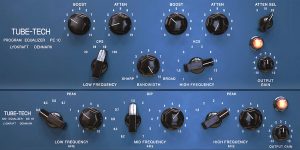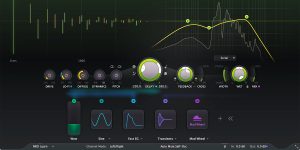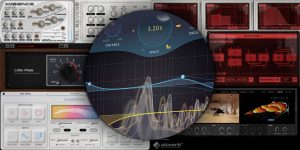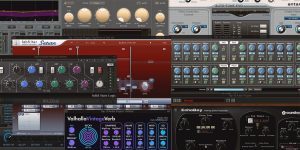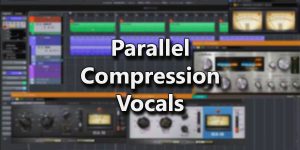You can hardly imagine the modern music industry without plugins that represent special software applications to imitate the sounds of real musical instruments. The invention of plugins facilitates the process of music and sound creation both for amateurs and professional engineers because you no longer need expensive instruments and synthesizers as you can have them available on your PC. There are several plugin formats, and in this article, I will try to shed some light on the most popular ones.
The first plugin format was invented in 1996, and it was VST (Visual Studio Technology). This invention changed the world of music-making drastically because the computer has become a real audio recording studio. Later new plugin formats appeared on the market – AU, AAX, RTAS, etc. giving users more options for choice.
VST (Virtual Studio Technology)
VST is considered to be the most popular and the most frequently used plugin during the last two decades. Since the time it was invented by Steinberg, this format was free for users, and it has developed into 3 new versions. This plugin works in real-time and processes sounds using computer resources.
Any user can download the VST plugin on Windows, Linux, and even macOS. This format was specially designed to work with DAW (digital audio workstation) software, and it can be used to create music both at home and in a professional audio recording studio.
You can use the VST plugin to your advantage as it will save both your time and money. No need to purchase instruments because you will get the software with the majority of sounds loaded for free use. It is really easy to install and operate.
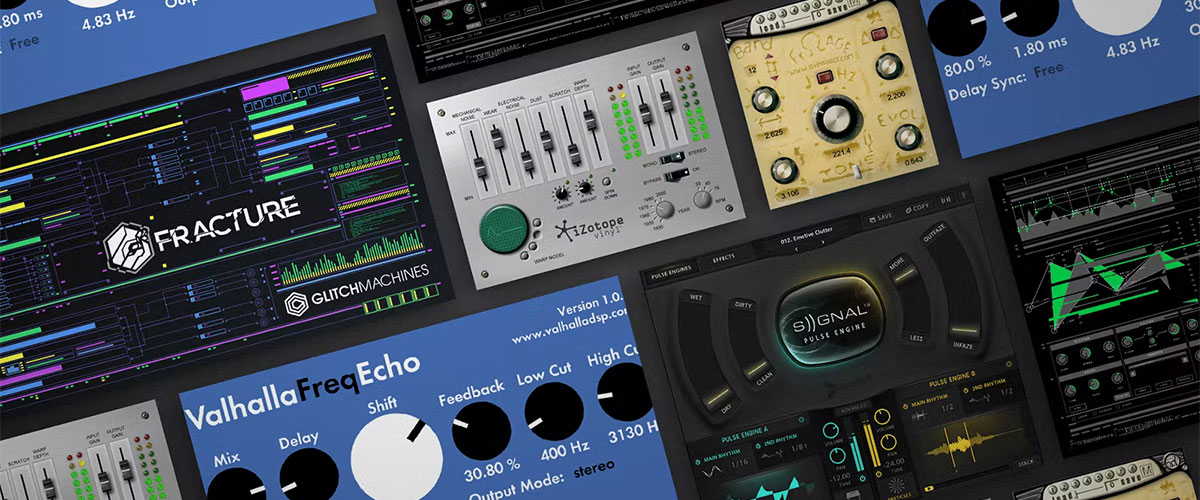
AU (Audio Unit)
AU or Audio Unit was the first rival of VST created by Apple Incorporation. This format is a set of APIs and other instructions that allow macOS and iOS operating systems to generate, process, play and manipulate an audio signal with a minimum level of delay.
There are no obvious differences between AU and VST. After all, AU is an iteration of VST modified for better compatibility with macOS. AU’s affinity with VST allows developers to convert VST plugins to AU plugins in order to make it easier to transfer products to the macOS environment.
Some music production software is not compatible with VST because it was originally designed for AU, like, for instance, Logic which works only with macOS. Very often, AU plugins come integrated into the OS itself to allow faster processing to the user.
RTAS (Real-Time AudioSuite) and TDM (Time-division Multiplexing)
RTAS plugin (Real-Time AudioSuite), as well as TDM (Time-division Multiplexing), are two formats introduced by Avid Technologies that are no longer supported since 2013. RTAS was a fork of VST that was supposed to run more efficiently inside Pro Tools. The format was used until the release of Pro Tools 10 and was later replaced by the new AAX, capable of working with the processor and DSP chips.
The only difference between TDM vs. RTAS is that the latter needs all the capacity of the host computer for creating music and sound, while TDM only utilizes expensive DSP processors, which makes it significantly faster and frees up the host computer for other tasks. The new AAX format that replaced the two is compatible with both of them.
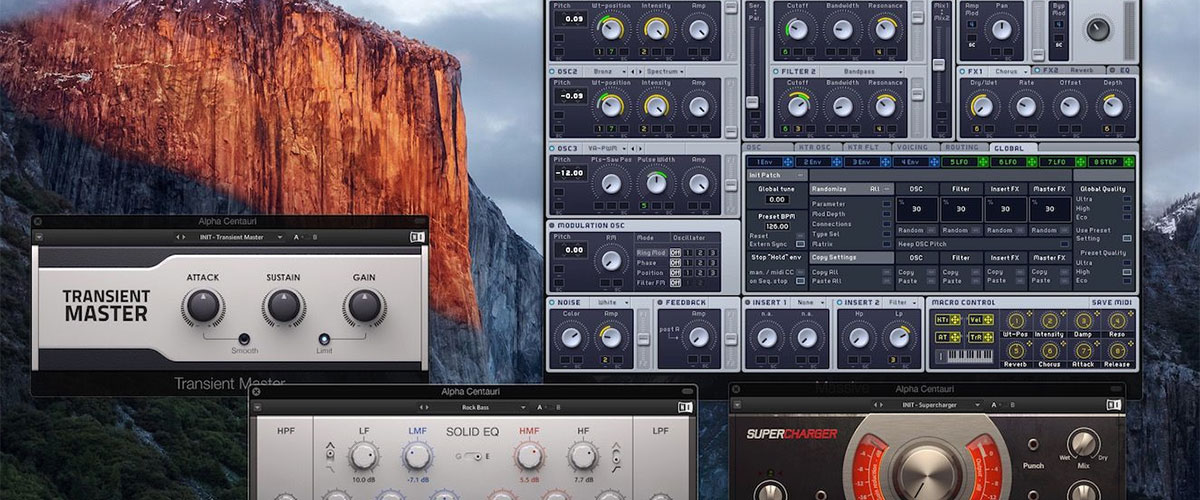
AAX (Avid Audio eXtension)
The company Avid invented the AAX (Avid Audio eXtension) format in 2013, just when they released Pro Tools 11. The AAX plugin is a derivative of the VST plugin that was intended to improve DAW compatibility. The closedness of VST and AU to third-party developers was the main reason why the company made a decision to create its own format; only Steinberg and Apple can change the fundamentals of both plugins.
It was the nativeness of VST and AU, which is dependent on computer resources and is not available for use with external DSP processors that require appropriate versions of plugins, that did not satisfy the Avid engineers. The capacity of AAX to work in two modes: DSP and Native, is the fundamental distinction between VST and AAX. The first one is based on the computer processor’s capability, while the second one is based on the efficiency of the DSP chip of the audio interface.
Which plugin format to choose?
In terms of practice, there are no differences between the formats. The main difference lies in the technical aspects that do not affect the work of the end-user – the development features, the capacity of the plugin, and the methods of its delivery. In the end, you will have to choose the right plugin for your software, depending on your DAW. Since the audio and sound industry develops and changes all the time, you will always have a few options for choice.




